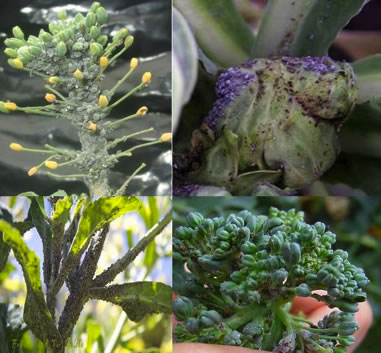|
|
| |
Host-parasite interaction
The term parasite refers to an organism that grows, feeds and develops in or on another organism but allows its host to live. This is a non-mutualistic relationship where only one organism (parasite) gets benefits at the expense of its host. This type of association can be found in plant-plant, animal-animal, plant-animal system systems as well as interaction between microbes (e.g. bacteria) and larger organisms. In New Zealand, several examples of this type of association are found in nature- for example Wood rose1 (Dactylanthus taylorii) is New Zealand's only fully parasitic indigenous flowering plant. Maori names for wood rose are pua o te reinga or pua reinga, "flower of the underworld”. See wood rose.
|
 |
|
Host-parasitoid interaction
A parasite lives within another allowing the host to live for a short while but eventually killing it after consuming it from the inside, is known as a parasitoid. This type of interaction is only found in insects, and the only immature (larval) stage is parasitic in nature. Depending on the paraitoid species, a single adult can emerge per host (solitary parasitoid) or many (gregarious parasitoid). The parasitic nature of parasitoids is intermediate between true parasites and predators, like predator they kill their hosts and like parasites they require single hosts to develop. The term parasitoid was first introduced by Reuter in 1913. Parasitoids constitute about 8-10% of all insect species and majority of them are from order hymenoptera (wasps). Most parasitoids found in New Zealand are exotic and were either introduced deliberately for pest management or inadvertently introduced. There are some native parasitoids, for example members of family Maamingidae that are only present in New Zealand. Some associations between parasitic wasps and their hosts are ancient, for example, several species of a primitive parasitic wasp Archaeoteleia parasitise the eggs of the crickets we call cave weta (Rhaphidophoridae). Closely related Archaeoteleia species live in Chile.
The aphid parasitoid Diaeretiella rapae is found throughout the New Zealand but the species is now worldwide. It parasitises cabbage aphid Brevicoryne brassicae and Green peach aphid Myzus persicae (Kant et al 2012). It is a koinobiont parasitoid that allows its hosts to feed, develop and sometimes reproduce before killing their hosts (Kant et al 2012). Although females can oviposit multiple eggs per host (superparasitism) only one adult emerges per host (Kant et al 2011). Adults make a small hole in the dorsal part of mummified aphid to eclose. Females are generally larger than males. A strong fitness trade-off exists when females parasitise as they seek to maximise host quality host and minimise investment to give the best fitness outcome (Kant et al 2008). The body size of adults depends on the size of host in which they developed, and adult body size affects reproductive fitness (Kant et al 2012). Females are mate-selective to maximise their fitness (Kant et al 2012). |
D. rapae parasitising aphid

Parasitised aphid mummies

D. rapae emerged from mummy

|
|
|
|